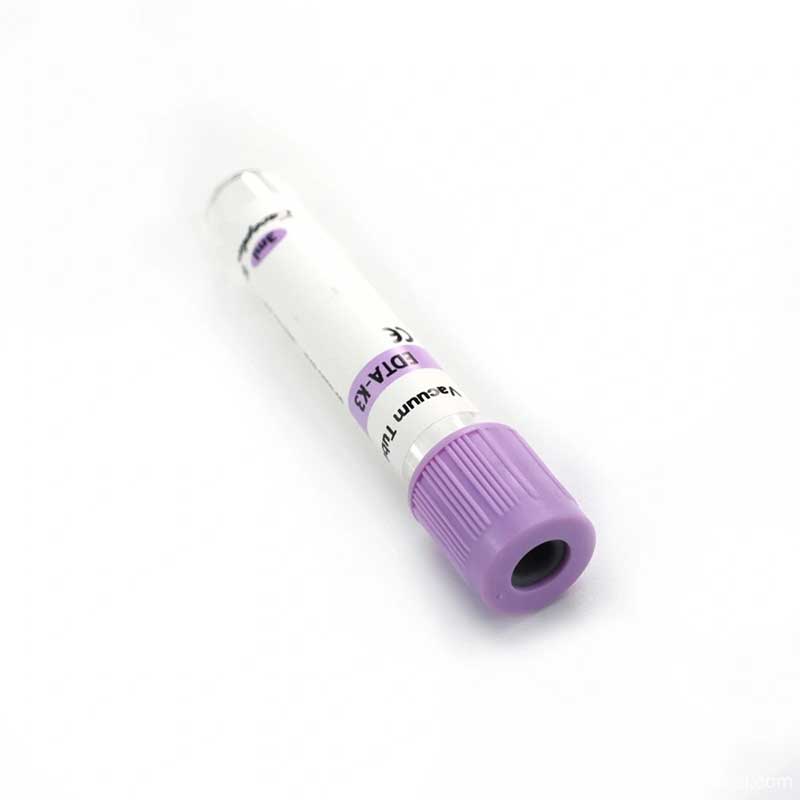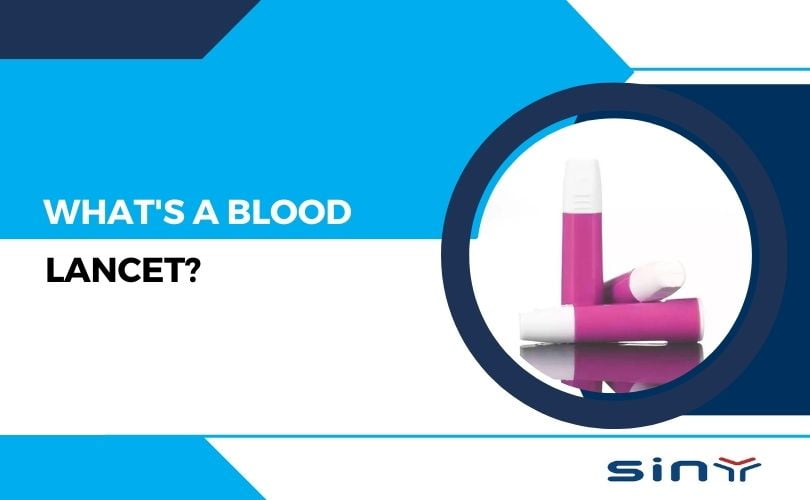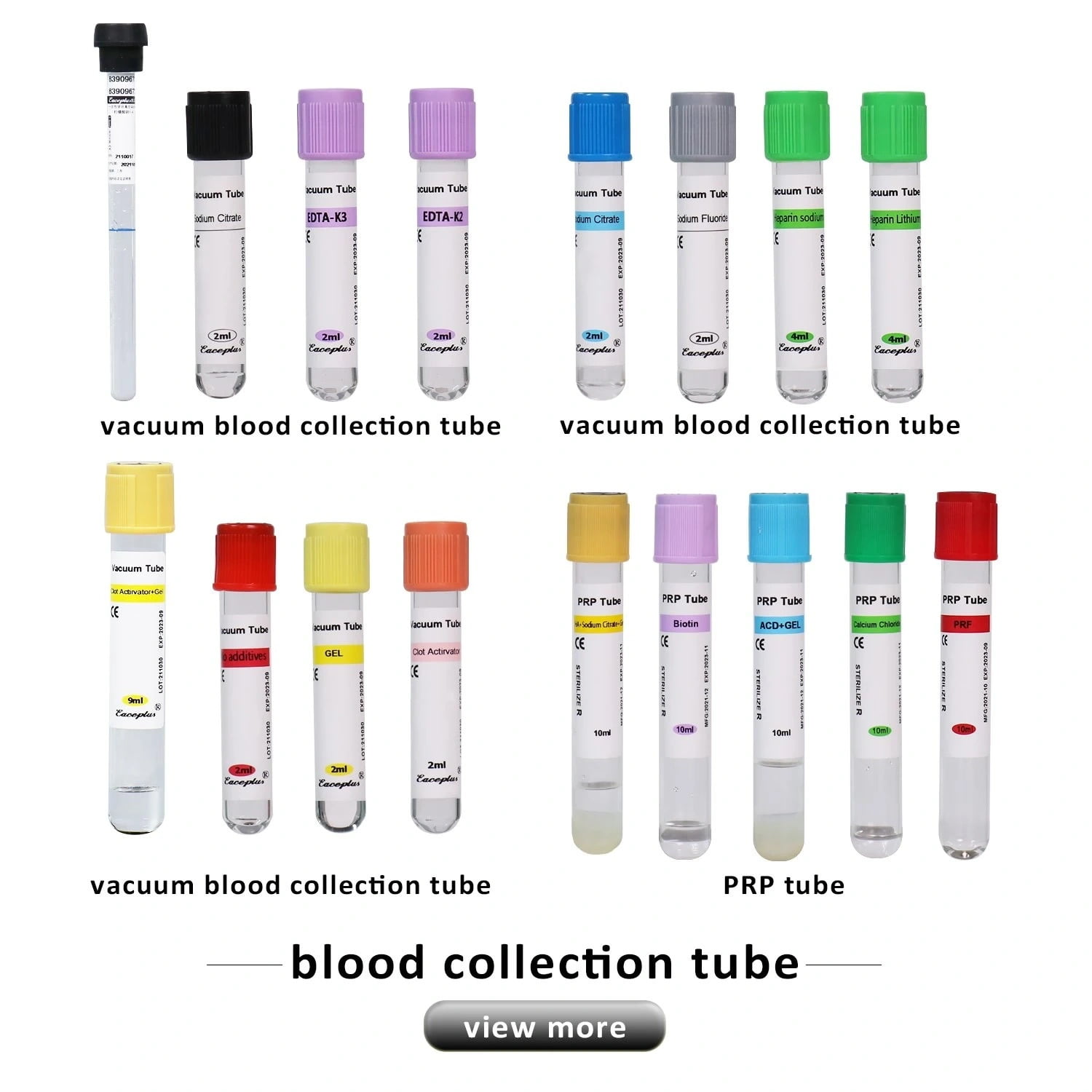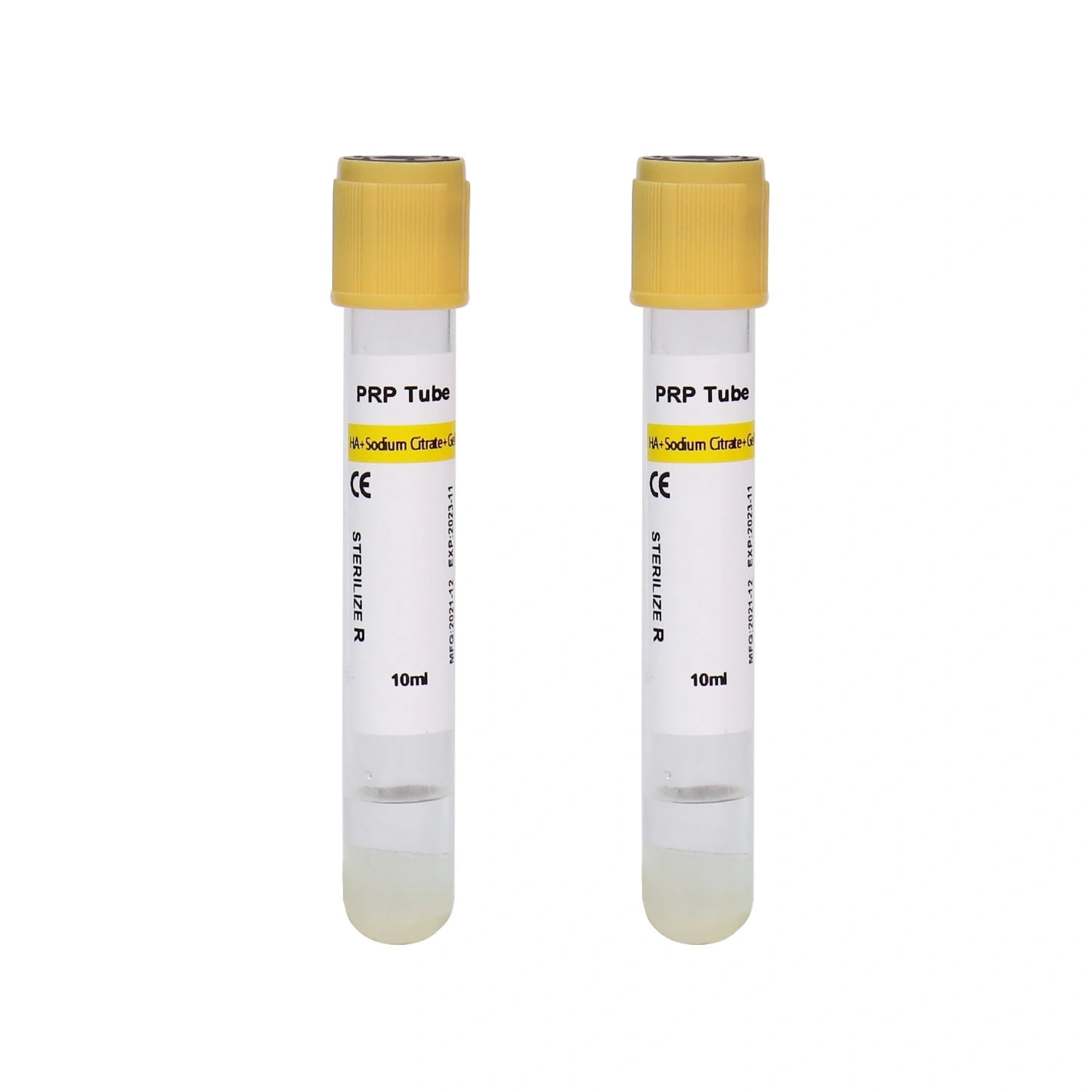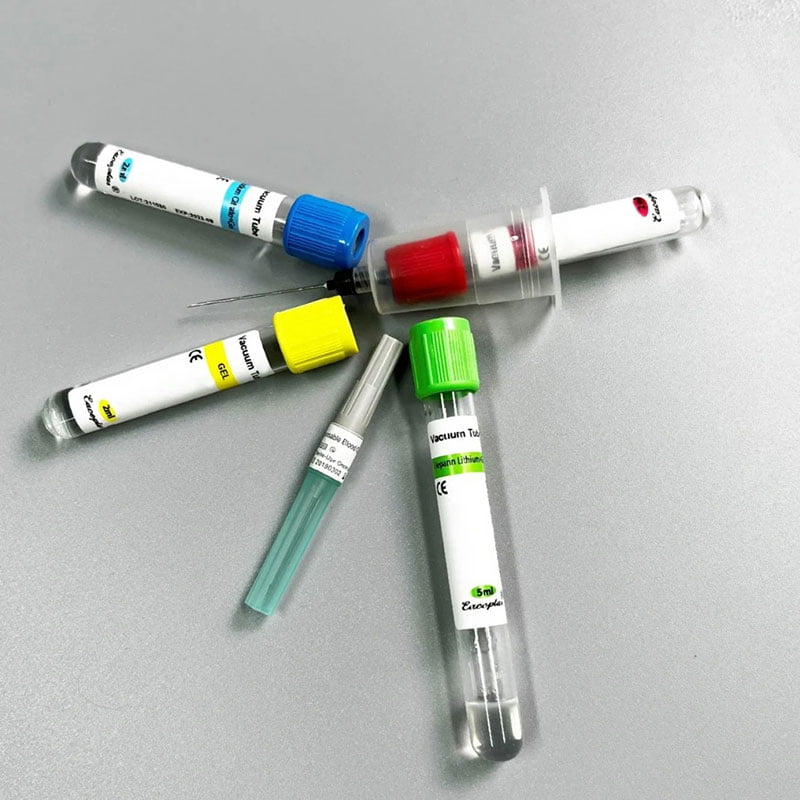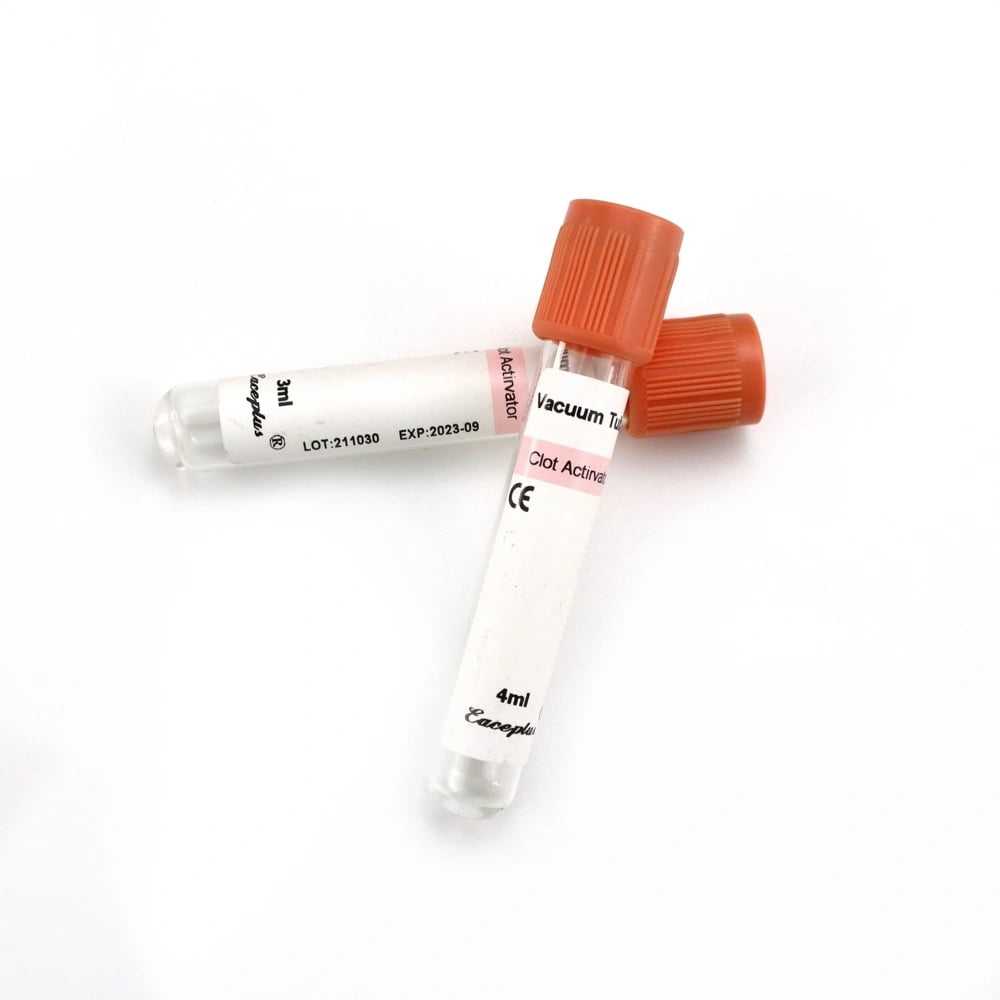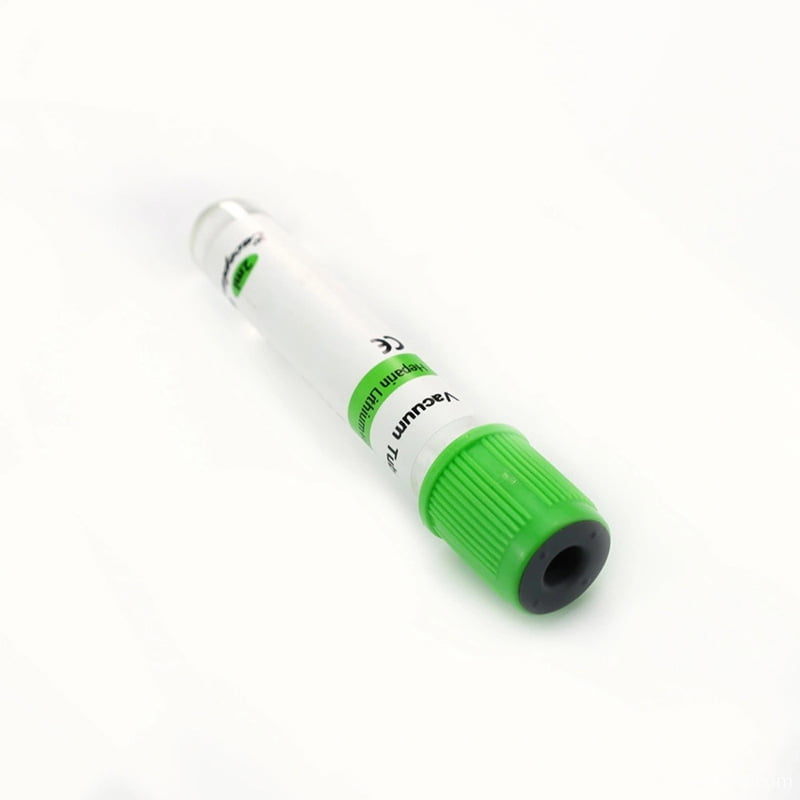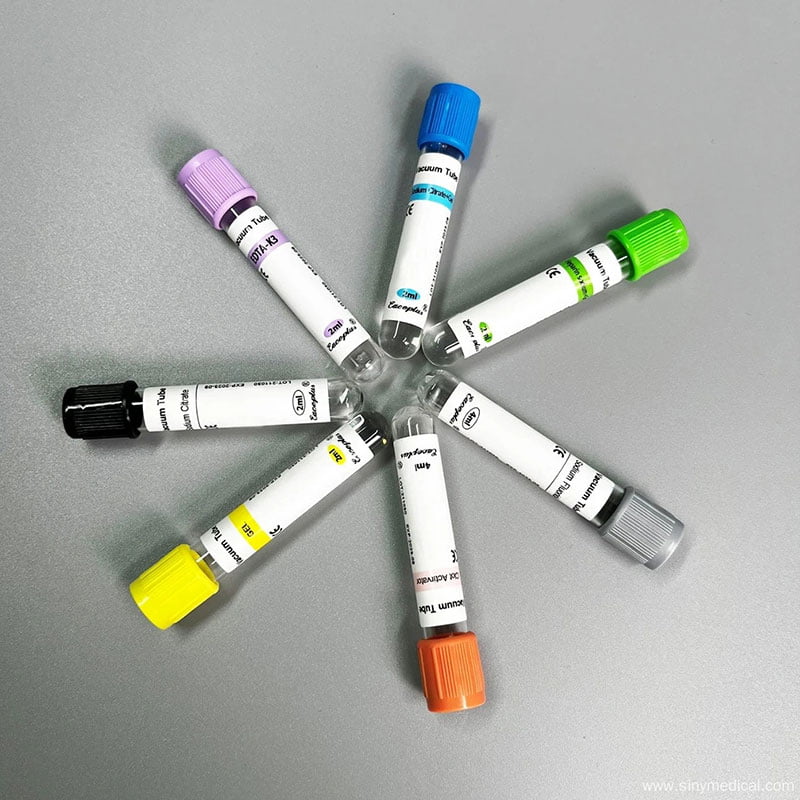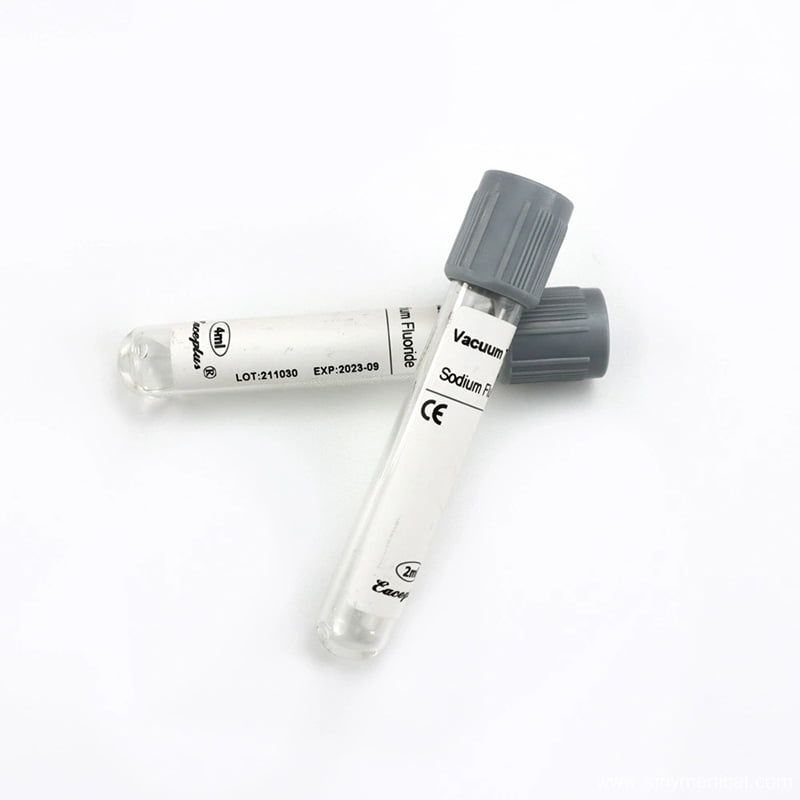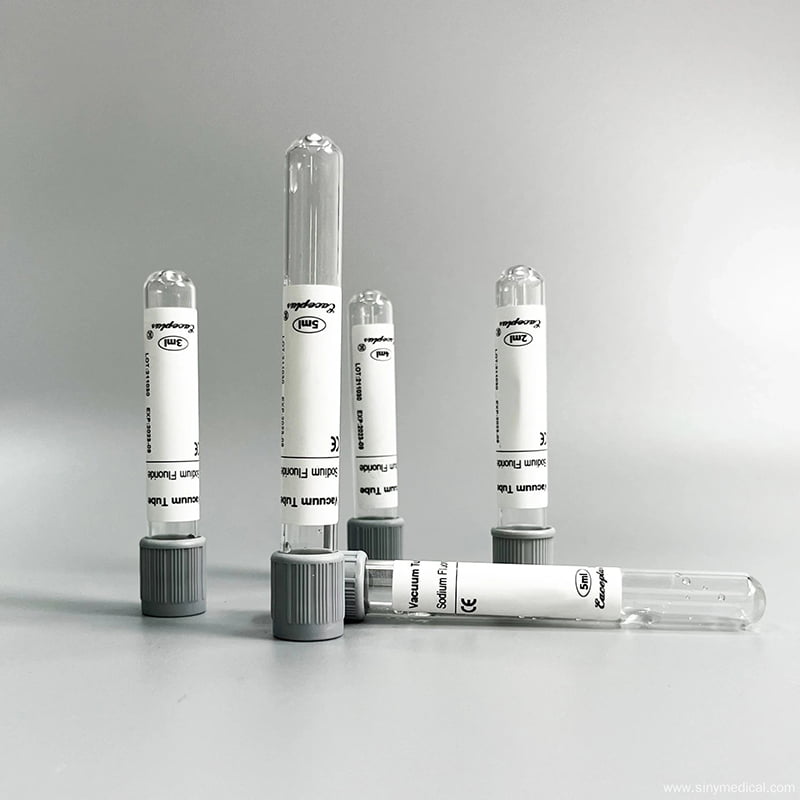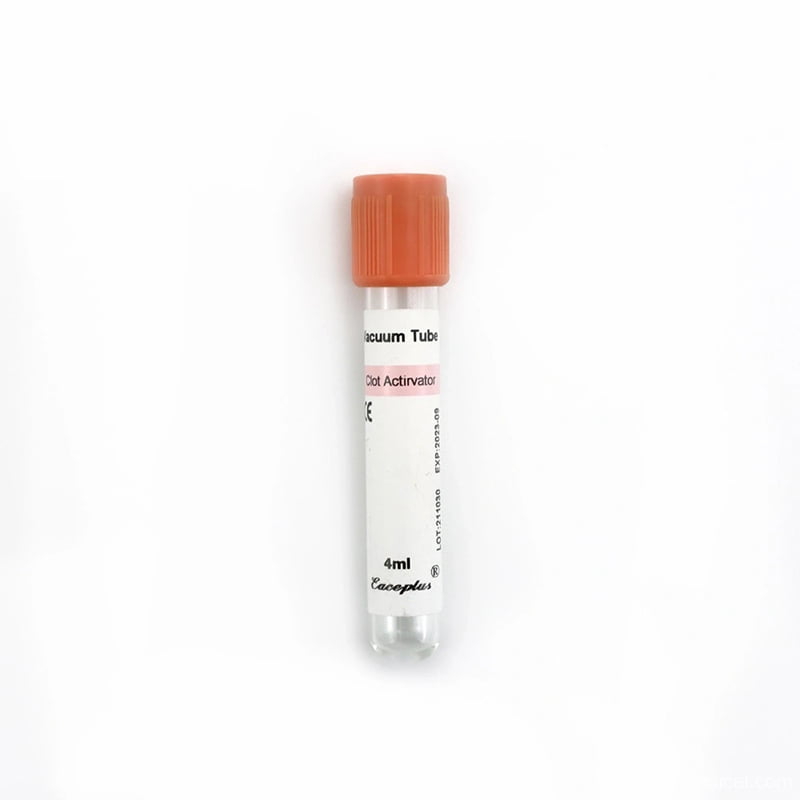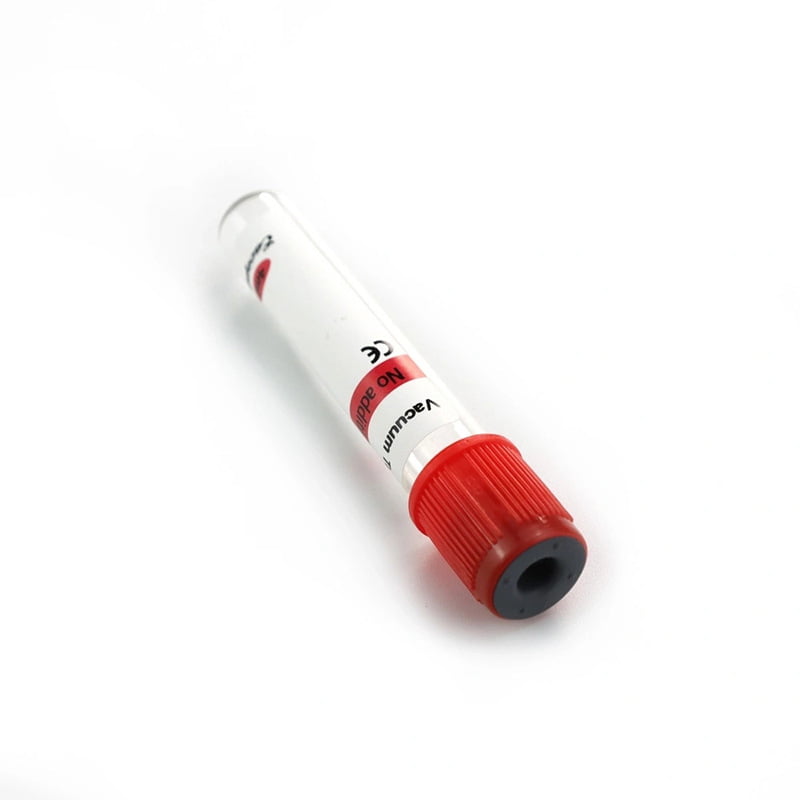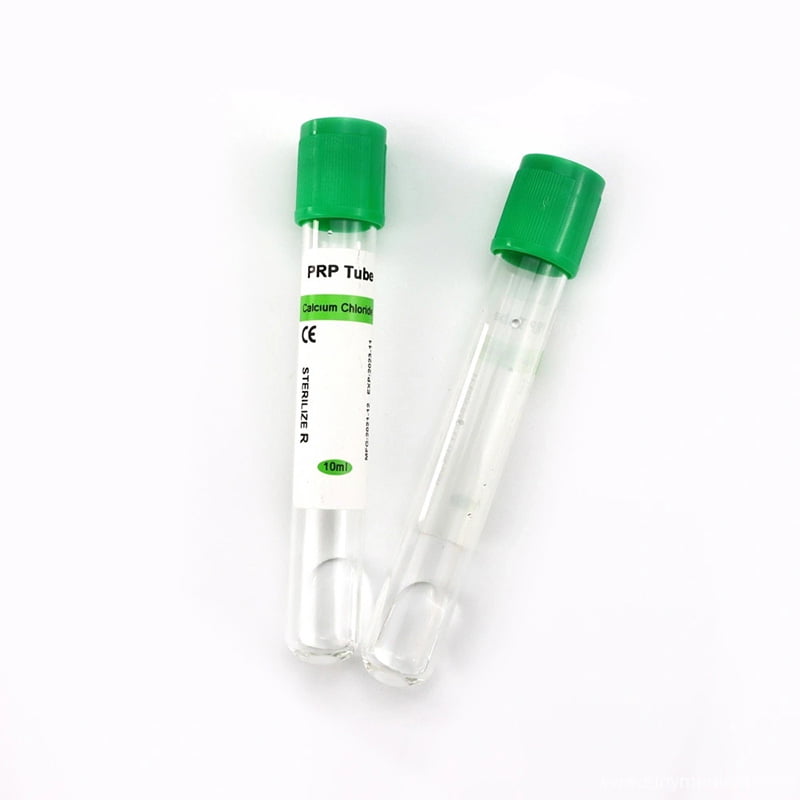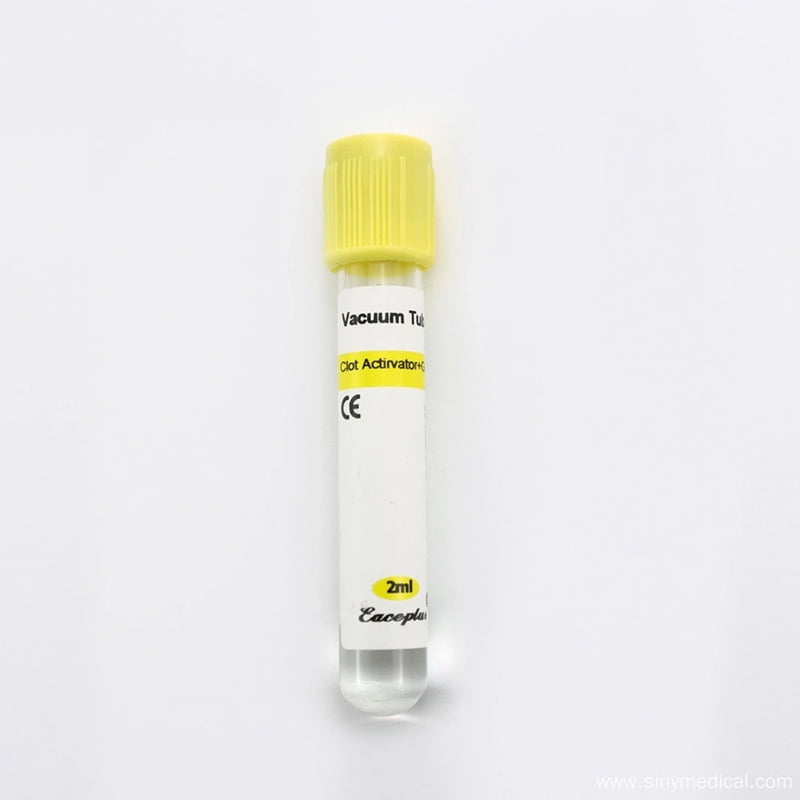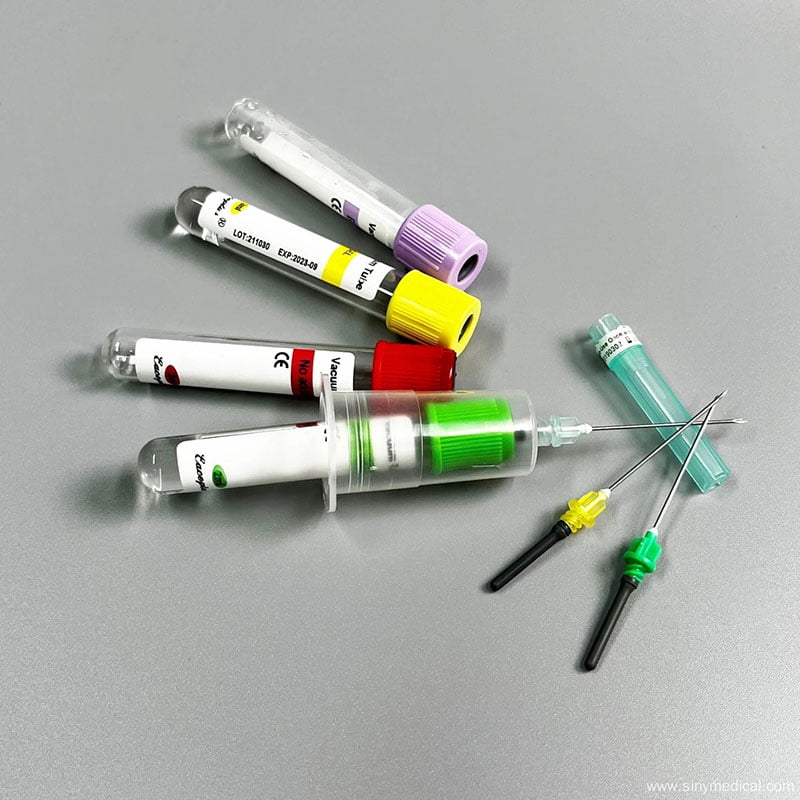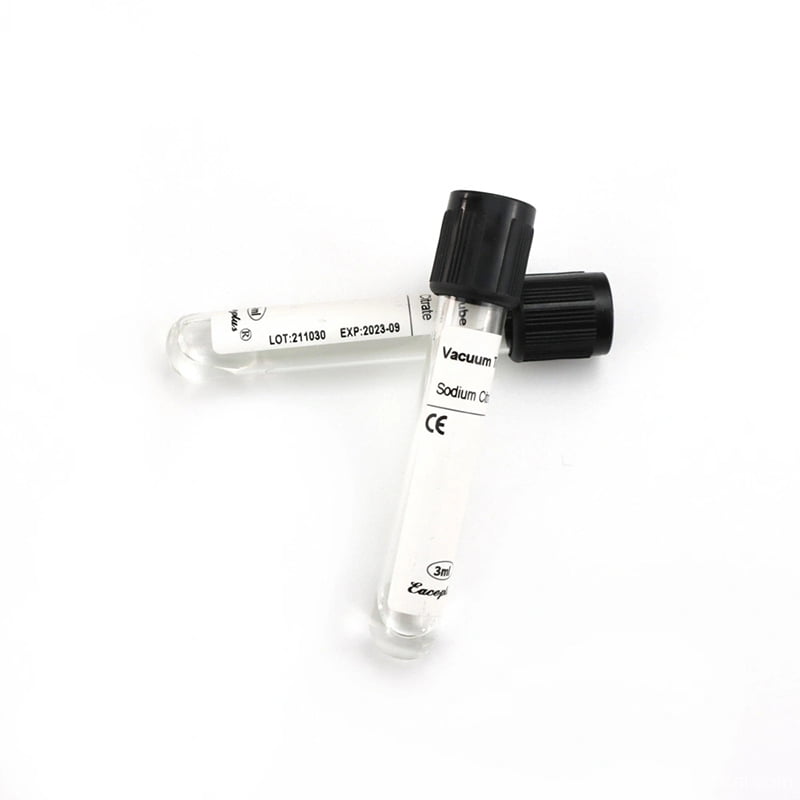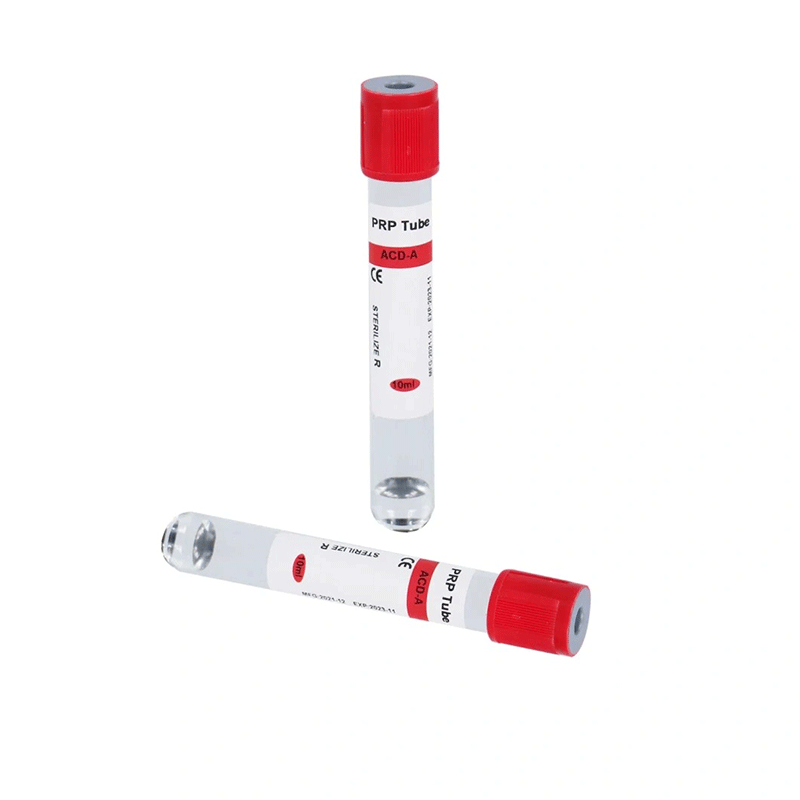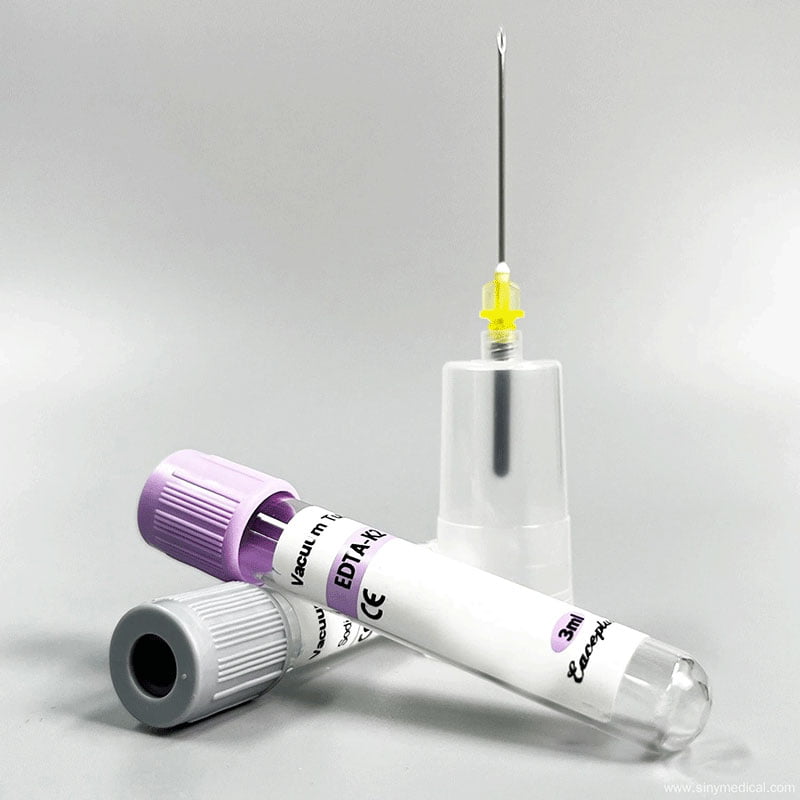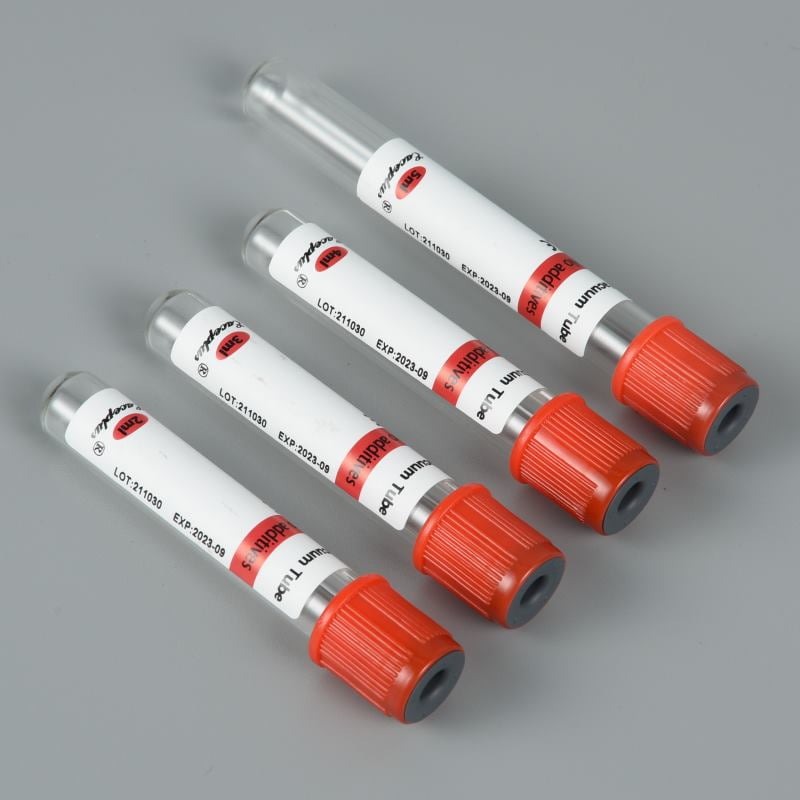A lancet is a tiny needle used to test daily blood sugar by pricking a finger or skin or in different medical tests. The bayonet can be used alone or inserted into a device that pierces the skin more easily.
The blood lancet is a device that pierces the skin with a puncture device enclosed in a plastic needle to obtain a blood sample. The blood glucose meter checks the sample to ensure the person’s blood glucose level is within a safe range or provides the information necessary to reach that level. Disposable blood lancets consist of molded plastic sheets with rounded caps and needles underneath.
Table of Contents
Understanding Blood Lancets
The purpose of blood lancets is to collect capillary blood samples for diagnostic purposes. A blood lancet creates a small and controlled incision in the skin, typically at the fingertip. Testing or monitoring blood samples uses skin punctures.
Blood lancets find utility in various medical and healthcare settings, such as hospitals, clinics, and homes. Glucose monitoring, cholesterol testing, and hemoglobin testing are diagnostic and screening tests requiring a small amount of blood. Additionally, they provide a relatively painless and convenient way to collect blood.
What sizes of Blood lancets are available?
There are various gauges of blood lancets, which measure the diameter of the lancet needle. There are different sizes of lancets for different purposes. Choosing the right lancet size can help ensure optimal blood flow and minimize discomfort. Lancets come in five sizes: 21G–30 G. A thinner lancet size, such as 30G, is ideal for people with sensitive skin, including children.
| Type | Size | Puncture Depth | Length(mm) |
| Safety Blood Lancet | 21G | 2.8mm | Pink |
| 23G | 1.8mm | Green | |
| 26G | 1.8mm | Yellow | |
| 28G | 1.8mm | Purple | |
| 30G | 1.8mm | Gray |

What are the different types of Blood Lancet?
There are different types of blood lancets to choose from. They may vary in needle size, depth, and thickness. Choose the blood lancet that suits you according to your blood collection needs. Disposable lancets are used only once and need to be discarded in the sharps box after use to avoid infection.
Because single-use lancets are small and thin, they can easily cause injury, so medicine has introduced a safety lancet. Needle devices consist of a trigger or button that, when pressed, deploys the needle over the skin for blood collection. This helps avoid accidental punctures. Safety Lancets offer a faster piercing process because they do not require reusable equipment to work.
Blood collection steps using a blood lancet
1. Collect the necessary supplies: a blood lancet, alcohol swab, cotton ball or gauze pad, adhesive tape, Blood Collection Tube, or blood collection device.
2. Prepare the lancet: Remove the safety cap from the lancet to ensure the needle is sterile and undamaged.
3. Select the puncture site: The most common site for blood collection tube with a lancet is the tip. Choose a clean, dry finger without cuts or wounds. The ring or middle finger is usually preferred.
4. Clean the puncture site: Use an alcohol swab to clean the selected finger. Start at the base of your fingers and move toward your fingertips in a circular motion. Allow your fingers to air-dry completely.
5. Needle Position: Hold the needle between your thumb and forefinger, with the needle facing the puncture site. Make sure the needle points towards the fingertip.
6. Piercing the skin: Press the puncture needle tightly against the puncture site, and quickly press the button or trigger mechanism to activate the puncture needle. The needle will go through the skin, making a small incision in the skin.
7. Blood collection: Gently squeeze or massage from the root of the finger to the fingertip to promote blood flow. Allow a few drops of blood to form at the puncture site.
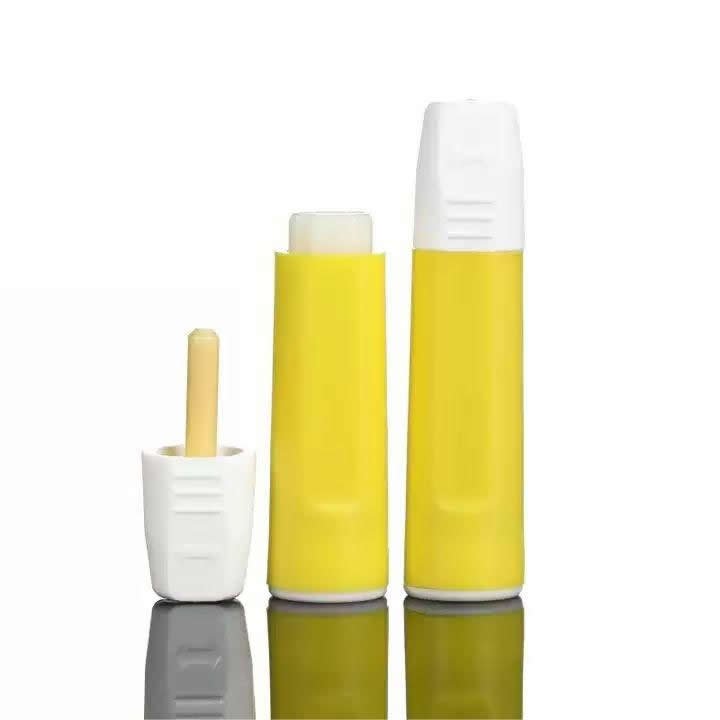
9. To collect a blood sample, press your blood drop into the tube or device, then collect the required volume of blood. Follow the specific instructions for the collection equipment used.
10. Apply pressure and bandage: Once the blood sample is collected, remove the collection device and immediately apply pressure to the puncture site with a cotton ball or gauze pad. Hold the pressure for a few minutes to stop bleeding.
11. Dispose of the lancet: Dispose of the lancet safely in its sharps container to prevent accidental stab wounds.
12. Apply a bandage: Once the bleeding has stopped, apply a bandage to the puncture site to protect the wound from contamination and promote wound healing.
How Blood Lancets Work
Lancets work on a brilliantly simple mechanism but are extremely effective. The small droplet of blood can be detected instantly after a swift, precise movement – just a momentary prick. For sampling capillary blood, these devices puncture the skin, typically at the fingertip.
The Importance of Lancet Design
Gauge Size
A lancet’s gauge size determines the needle’s thickness. There is a correlation between the ease with which the skin can be penetrated and the volume of blood collected.
Needle Length
The lancet must obtain an effective blood sample without damaging the surrounding tissues by reaching the capillary bed. The right balance between patient comfort and safety ensures optimal blood collection.
Safety Features
Many safety features on lancets minimize the risk of accidental needle sticks, protecting both healthcare professionals and patients. Sharp tips can be safeguarded by using protective caps or retractable needles, thereby minimizing the chances of cross-contamination and ensuring safe disposal.
Final Thoughts
A blood lancet is a medical device used to collect blood samples from capillaries. Sinymedical manufactures this product at one of its ISO and CE-certified facilities around the world.
A blood lancet is a small medical instrument with a double-edged blade, similar to a scalpel. Blood lancets are used to puncture the skin to obtain blood samples, are generally disposable, and are used to treat diabetes.
FAQs
Are blood lancets painful to use?
Blood lancets are designed to minimize pain during blood sampling. Individual pain tolerance may vary.
How often should I change my Lancet?
It’s recommended to use a new lancet for each blood sampling procedure to reduce infection risk and ensure accurate results.
Can I reuse a blood lancet?
No, blood lancets are intended for single use. Reusing a lancet can increase the

